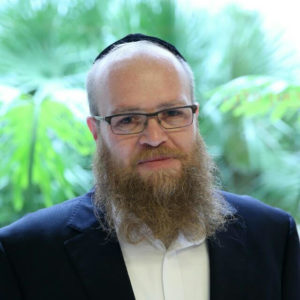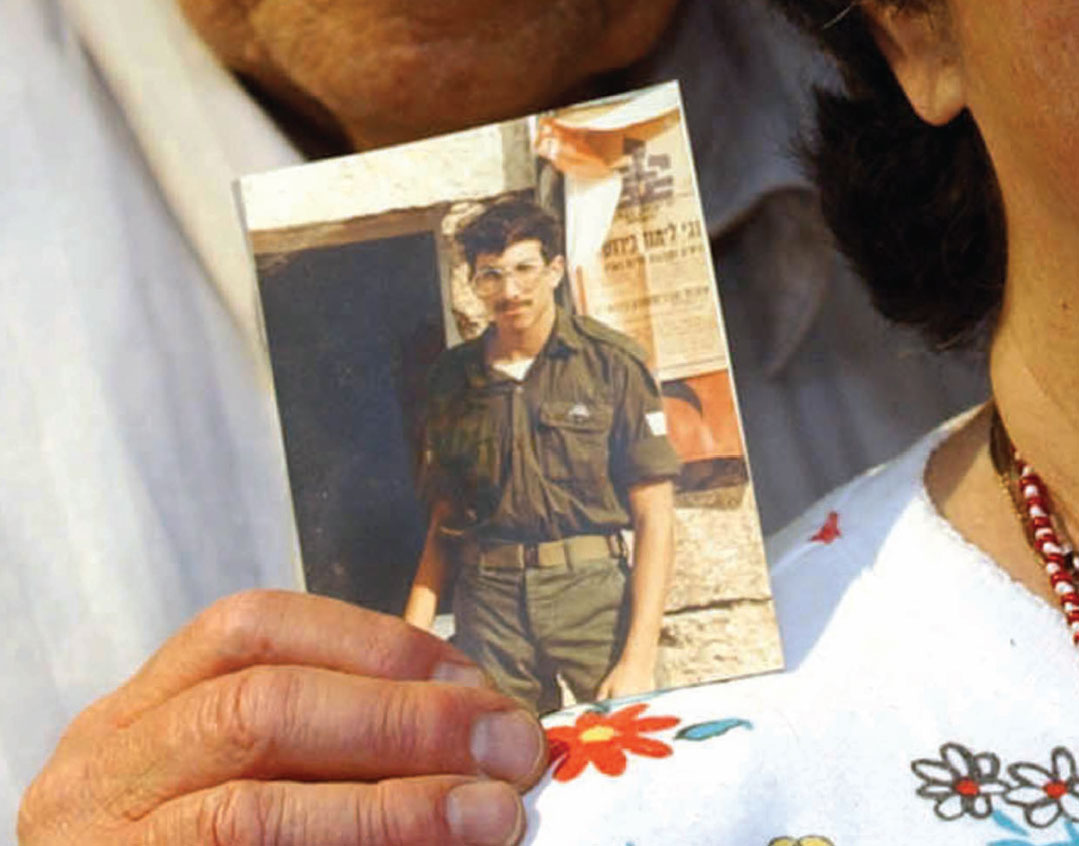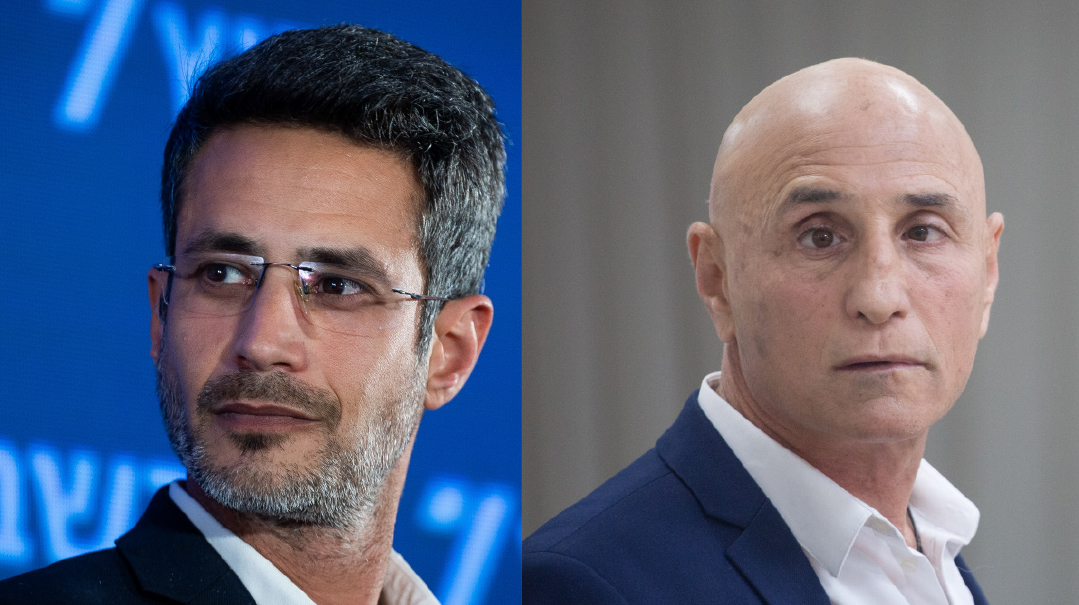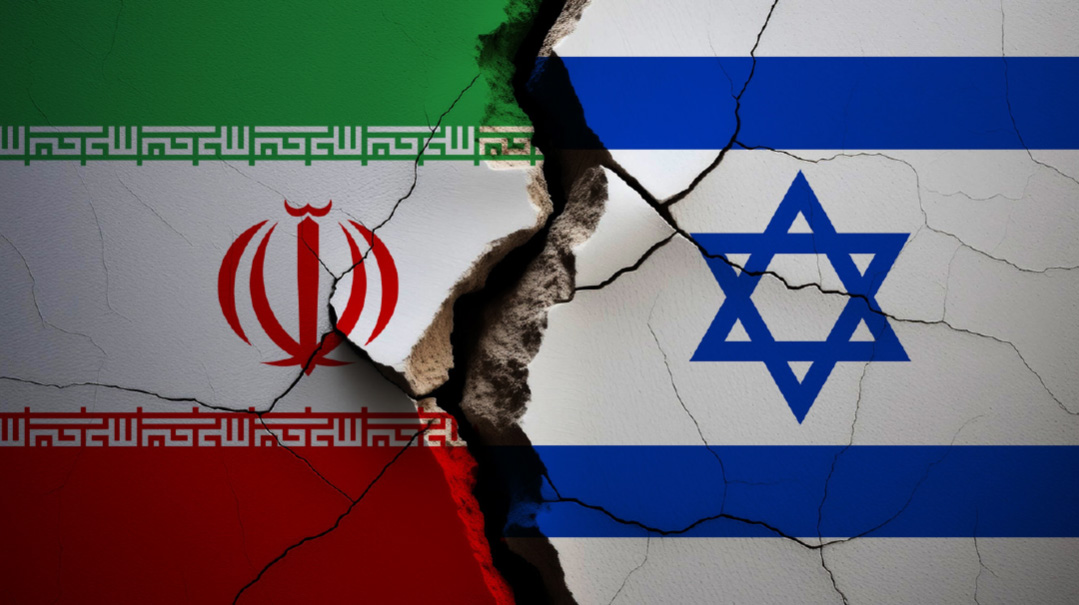Home at Last


(Photo: Flash90) Finally, kever Yisrael: Zachary Baumel Hy"d
Z
achary Baumel’s father, Yonah, never stopped searching for his youngest son. When Yonah died in 2009 at the age of 81, it was a source of great pain that he hadn’t found him yet.
Last Thursday, Yonah Baumel’s dying wish was fulfilled when Zachary was finally laid to rest 37 years after he was captured in a fierce tank battle at Sultan Yacoub, Syria, during the First Lebanon War.
Israel’s president recalled that Yonah traveled the world over to plead with state officials for any information that might lead to the discovery of his son’s remains. “He taught us a lesson in dedication, determination, and a father’s love for his son,” President Reuven Rivlin said last week on Har Herzl, where thousands turned out for the burial of Zachary. “Yonah, today we can finally tell you — you did not see the day, but the mission to bring Zachary home to be buried in Israel has been completed.”
The remains of two other soldiers captured in that battle, Yehuda Katz and Zvi Feldman Hy”d are still missing, and the Israeli army will not rest until it brings their bodies home, said Lt.-Col. Nir Israeli, director of EITAN, the IDF unit responsible for finding missing Israeli soldiers, in an exclusive interview with Mishpacha.
“We brought IDF fallen soldier Sergeant Baumel to kever Yisrael and that is the result of an operation that has lasted decades,” Israeli said. “We worked on all the information that was amassed and drew conclusions that brought us closer and may continue to bring us to completing the mission of returning the other missing soldiers.”
Israeli said the army methodically collected research, intelligence, and classified information, as well as conducting interviews, in an effort to find Baumel, who was 22 when he was captured and killed. Residents of the Al Yarmouk refugee camp near Damascus, where Baumel was found, also told the media they had been offered $1 million by Israeli intelligence services in return for information leading to the soldier’s discovery.
Israel took advantage of the chaos of the Syrian civil war, and the residents’ need for money and food, to gather information on Baumel and other missing soldiers. The area where the body was found had been known to the IDF for years. But investigators had also been pursuing a different theory that the MIAs were buried near the battlefield where they were taken.
Al Yarmouk had been under ISIS control until recently. On March 19, Russian special forces imposed a five-day lockdown on the cemetery and scoured the camp using advanced equipment. Five days later, the Russian soldiers left the cemetery carrying the remains of several people, one of whom was identified as Baumel.
In addition to Katz and Feldman, four other Israeli soldiers remain missing in action: Guy Chever, who disappeared in 1997 on his way home from base; navigator Ron Arad, who was captured in 1986 by a Lebanese terror group and is presumed dead; and Hadar Goldin and Oron Shaul, who were both captured by Hamas during Operation Protective Edge in 2014. We spoke to Israeli about the decades-long operation that brought Baumel home.
How does EITAN operate? Are there separate teams looking for individual soldiers?
“At EITAN there is a special investigative team that was established to collect information on the [Baumel] case. We work with other intelligence entities such as the Mossad, the GSS [Shabak], and the IDF intelligence department, among others. Each such entity has a team dedicated to the search for captives and MIAs. We work together, sharing information, and that’s how we ultimately reach conclusions.”
So there has been one team that has been handling the Baumel case for 37 years?
“The team that handled the Baumel file at EITAN has been investigating the subject for more than 20 years. Despite the many long years, not one of the investigators had given up. We continue to try to locate any speck of information that would lead to a breakthrough.
“In general, the MIA cases are handled by reservists who are specialists in research and intelligence. The chief investigators in the unit are civilians who work for the IDF, which guarantees continuity in these cases.”
Over these years, have you also interrogated captives in pursuit of missing soldiers?
“Of course, people from the other side, the red side, as we call them. As I noted, we cooperate with other intelligence agencies; their people ask the questions.
“As well, IDF captives that have returned from the other side — Chezi Shai and Arik Liberman, who were in the tank together with Zachary Baumel — were intensively debriefed in an effort to clarify the fates of Baumel and Zvi Feldman, who were in the same tank, and of Yehuda Katz, who was in another tank in the same battle. The information they gave us was very helpful in the investigation.
“Such an investigation is a puzzle made up of many small pieces. Our mission is to piece together the puzzle from fragments of information that all come together to form a picture. When there are several pieces of information that point, for example, to a certain place where the body is likely to be buried, you make every effort to get there and check.”
And that’s what happened this time?
“We reached a point where there was a high likelihood that the body, or bodies, were at this place. We brought the findings to Israel, to the forensics institute, and indeed, they identified Baumel with certainty after years of effort and research.”
There are reports that aerial surveillance aided in discovering the burial site. Can you talk about that?
“Ground imaging technology is far more advanced today. As part of our investigation, we compared images from 1982 to what we have today. From the changes over time, we were able to draw conclusions regarding possible burial sites. Also, forensics labs today know how to extract DNA samples in ways not possible back then.”
How many more missing soldiers are there?
“We have open investigations for 176 soldiers whose burial places are not known, dating from the establishment of the state. Most of these soldiers — 95 of them — are from the battles of 1948. The others are from the Yom Kippur War and from times in between the wars.
“Last year we located Lt. Yakir Naveh, whose plane crashed into the Kinneret during a training mission in 1962. We will continue to work until we return all the missing soldiers. We are not giving up on anyone, not after 37 years, not after 70 years. As far as we are concerned, there is no closed case.”
How was the Baumel family informed that Zachary’s body had been found?
“The IDF has an entire unit of people whose job it is to inform families. Each family is met by a three-member team, who give them a statement. In the Baumel family’s case, after the positive identification at the forensics institute, the head of the IDF manpower division, Gen. Moti Almoz, together with a team of investigators, came to the Baumel’s door and knocked. His mother and sister were home, and they were told that their dear son and brother had returned home to Israel, after 37 years.”
(Originally featured in Mishpacha, Issue 756)
Oops! We could not locate your form.













